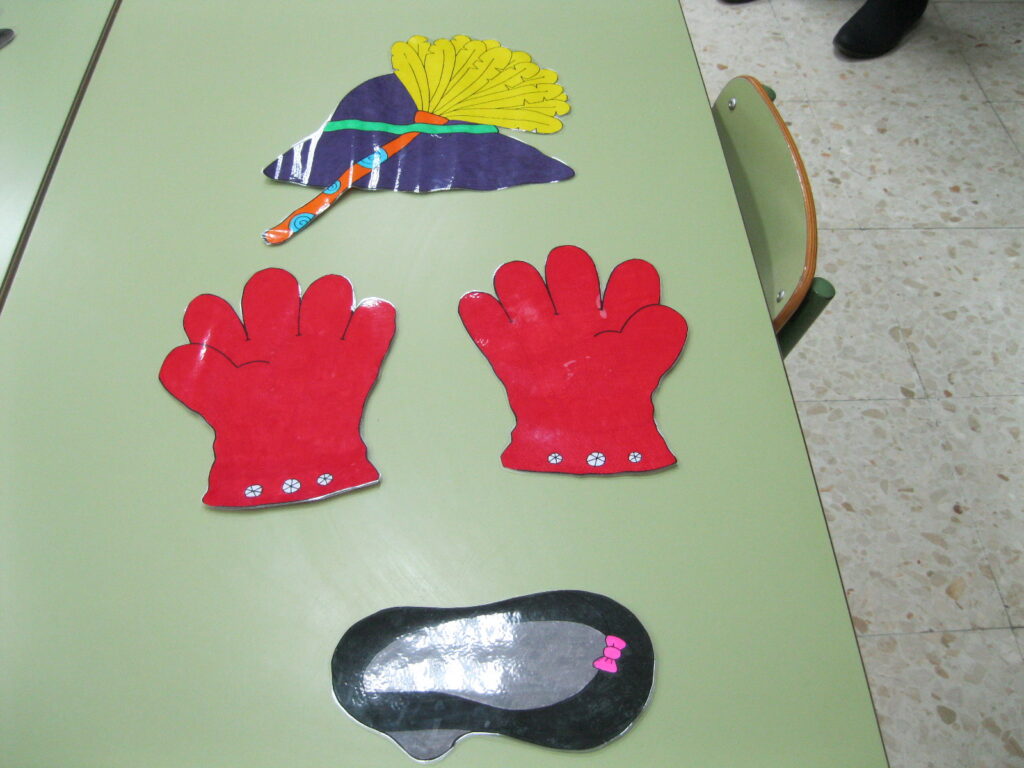Ages ago I bought a book of little plays and poems by Gloria Fuertes, and have to admit that I haven’t looked at it much since I bought it. However, I was reminded of it on Thursday at the ALL NorthEast Spanish day in Gosforth when Joaquín Moreno was talking about using poetry in teaching Spanish.
He mentioned using a particular poem by Gloria Fuertes to read aloud and act out in order to practice getting English mouths around Spanish sounds – in this case, ‘rr’ is particularly practiced.
The suggestion was to chorally repeat the odd numbered, repeated line “Doña Pito Piturra” and for volunteers to read the even, varied line, with feeling and an action to accompany it.
A very simple idea that I shall be using in my classroom soon!
Below is the poem, and also a video of the poem being recited plus two versions, as a song!
DOÑA PITO PITURRA
Doña Pito Piturra
Tiene unos guantes,
Doña Pito Piturra
Muy elegantes.
Doña Pito Piturra
Tiene un sombrero,
Doña Pito Piturra
Con un plumero.
Doña Pito Piturra
Tiene un zapato,
Doña Pito Piturra
Le viene ancho.
Doña Pito Piturra
Tiene toquillas,
Doña Pito Piturra
Con tres polillas.
Doña Pito Piturra
Tiene unos guantes,
Doña Pito Piturra
Le están muy grandes.
Doña Pito Piturra
Tiene unos guantes,
Doña Pito Piturra
¡lo he dicho antes!








